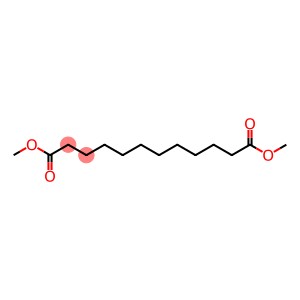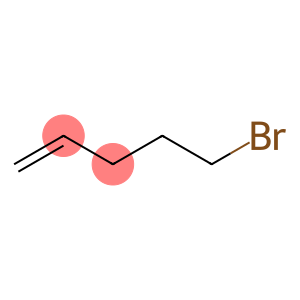Geraniol(CAS#106-24-1)
| Hazard Symbols | Xi – Irritant |
| Risk Codes | R36/37/38 – Irritating to eyes, respiratory system and skin. |
| Safety Description | S24/25 – Avoid contact with skin and eyes. |
Geraniol(CAS#106-24-1)
use
Can be used in natural flavors.
quality
Linalool is a common natural organic compound with a unique aroma. It is commonly found in many flowers and herbs such as lavender, orange blossom, and musk, among others. In addition to this, geraniol can also be obtained by synthesis.
It is a colorless liquid with a very strong aromatic flavor at room temperature.
Geraniol also has good solubility. It can be slightly soluble in water and has better solubility in organic solvents such as ethers, alcohols, and ethyl acetate. It is also able to dissolve inter-well with many single compounds and mixtures.
It has antibacterial and antioxidant properties and can be used to inhibit the growth of certain bacteria and fungi. Studies have shown that geraniol may also have anti-inflammatory, sedative, and anxiolytic effects.
Safety Information
Here are some safety information about geraniol:
Toxicity: Geraniol is less toxic and is generally considered a fairly safe compound. Some people may be allergic to geraniol, causing skin irritation or allergic reactions.
Irritation: High concentrations of geraniol may have a mildly irritating effect on the eyes and skin. When using products containing geraniol, contact with eyes and open wounds should be avoided.
Restrictions on use: Although geraniol is widely used in products, there may be restrictions on use in some cases.
Environmental impact: geraniol is biodegradable and has a short residual time in the environment. Large amounts of geraniol emissions may have an impact on water resources and ecosystems.








